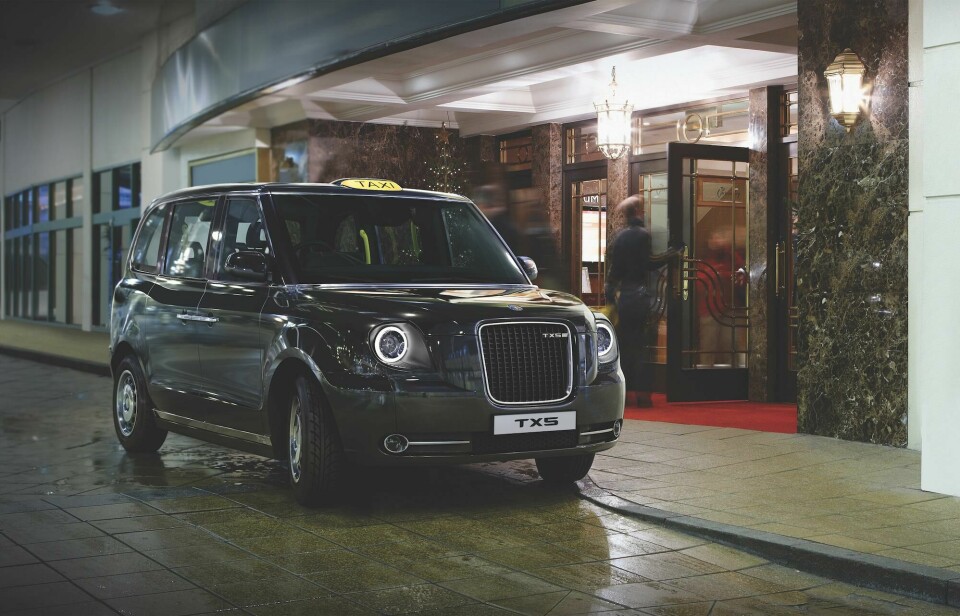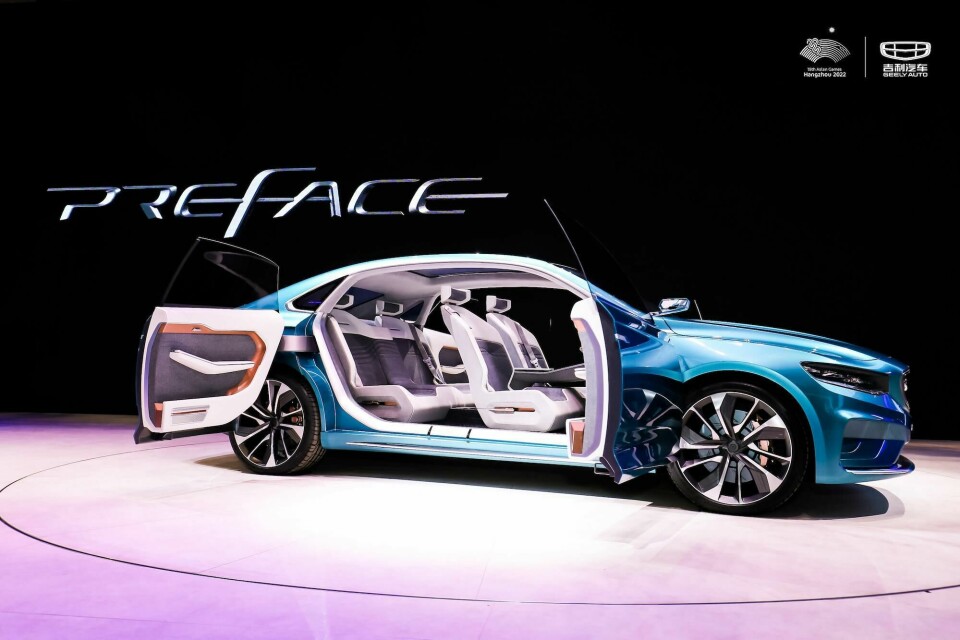
Car Design Review 7: Peter Horbury, Geely
Geely’s Peter Horbury uncovers secrets of brand identity and discusses cultural influences in car design
I have found that as a designer, a fresh pair of eyes often sees the differences that make a culture interesting. After taking over as design director at Volvo in 1991, I went to a student exhibition degree show in Gothenburg and one student had designed a park bench. The back of the seats had a certain curvature. And I said to the graduate, ‘that’s really Swedish, isn’t it?’ He didn’t see it because he had done it completely naturally but I recognised it as being a much shallower curve than you would ever see on the back of a chair in England, for example. It was unique to Sweden.
So these things started to play a role in both the exterior and interior of the Volvos we were doing at the time. That’s part of my philosophy – look at where you are and use it.
When I was nine, I would pick a current car and draw the next one. Learning to pick out the design cues or the details that gave that car its character and then moulding those into a future version is precisely what we did when we started the Volvo work back in the ’90s. Try and find elements that were recognisable, even if subconsciously, to take from historic Volvos and then present them in a very new way so that there was a continuity that made people say, ‘I can see it’s a Volvo but I don’t know why’. Following my industrial design degree in Newcastle, I was accepted at the RCA in London, sponsored by Chrysler UK. My first professional role as a qualified car designer came in 1974 at the Whitley Studio, Coventry, which was then Chrysler UK. My first real job was the bumpers, lamps and grille of the Chrysler Horizon.
“I have often found that, as a designer, a fresh pair of eyes often sees the differences that make a culture interesting”
When I joined Geely in 2011 we had five designers in a borrowed room in a building in Lindholmen, Gothenburg. Geely Auto worldwide had about 40 designers, but they were very inexperienced. They worked in a pretty dreadful location and they weren’t doing serious design. We took 12 of these young designers to a rented space in Shanghai and then hired a handful of international experts. So in 2012, we had a grand total of 19 people at Geely Design. Today there’s well over 1,000 in eight studios around the world. The growth has been incredible.
When I started with Geely, the range of cars was too diverse. There was no brand identity. There were about 12 products which had no connection visually. They were all done in isolation – each factory had the mandate to create a product, to have it designed, engineered and sold. So I put together a presentation showing the entire Geely range. The next slide replaced each of the cars with a different kind of animal – a giraffe, rhino, bear, cat, all sorts. They had nothing in common. The next slide kept just the cat in the middle and replaced the other slides with morphed versions of the same thing, long legs, extended body, etc. Finally, I replaced all the stretched cats with other members of the cat family, tiger, panther, cheetah and so on. They were all different animals but by looking at them you knew instinctively they belonged to the same species, or brand. That’s where we had to get to with Geely. I traced the line over the shoulder of the cheetah and this idea was then translated on to the Bo Rui sedan. Then we did that in the next four models, in a different form for each one. And that was how the Geely look began, with the shoulders of the cheetah. It celebrates front-wheel drive. The arc of that shoulder line over the front wheel gives it that ‘thrust forward’ appearance.

Alongside Geely, I’m also responsible for Lynk & Co, Lotus and Proton and we do the design work for Terrafugia [the flying car company]. We help out with the new commercial vehicle company, [Yuan Cheng], and London Taxi. Geely now has studios in Shanghai, California, Barcelona, Gothenburg, Coventry and Kuala Lumpur.
Because I’ve worked with brands that belonged to different cultures, I’ve always felt that it was a nice differentiator to use the influence of that culture on the design of the product. So with Geely we wanted to bring some Chinese elements into the design. We showed the KC concept in 2013, which was a big sedan, which became the Bo Rui sedan in production today.
There were lots of these little ‘signatures’, especially on the interior. It may just be the pattern on the speaker grille, which reflects a 1000-year-old architectural signature from a Chinese panel screen, for example. But then on the next production car, the Boyue SUV and subsequent models based on that same platform, we put a curve over the air vents, which was taken directly from the profile of the famous bridge at West Lake in Hangzhou, which is a very famous bridge in Chinese folklore and mythology. As soon as we showed the picture of the bridge transformed into the instrument panel, to journalists and the wider public in China, people got it, immediately.
With Lynk & Co, it’s a different approach. That brand was born in Sweden, raised in China. We wanted Lynk & Co to reflect the northern European approach with a unique look. For Lynk & Co we knew that the face of the car was important. And that was where the inspiration for the double daylight running lamps on top and the dark band on the face came from.
That black band of the grille appears exactly like that from a distance. But when you get up close you start to see the intricacies of the pattern that we’ve used. That feature in particular excites our Chinese customers. Details within details.

The Preface concept revealed in Shanghai in 2019 shows that we’ve gained confidence, not just self-confidence but the confidence of the company and owner. Preface is a serious, globally acceptable design, which I think will compete well with the imports into China. It is not too flamboyant. It has a solidity and a seriousness about it that moves us into the next generation of Geely. Geely is growing up and I think that car signals us moving from adolescence into adulthood.
This article first appeared in Car Design Review 7.











